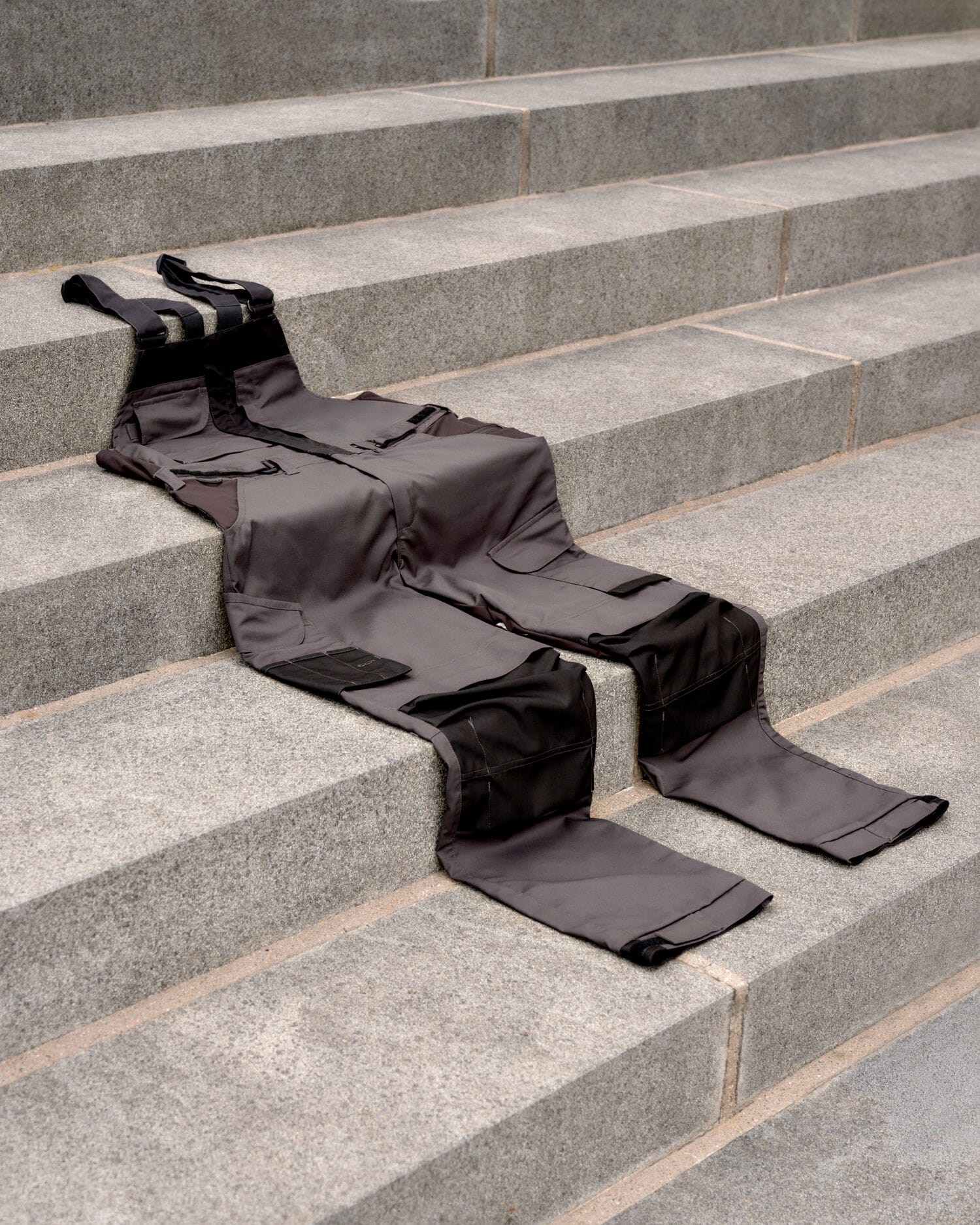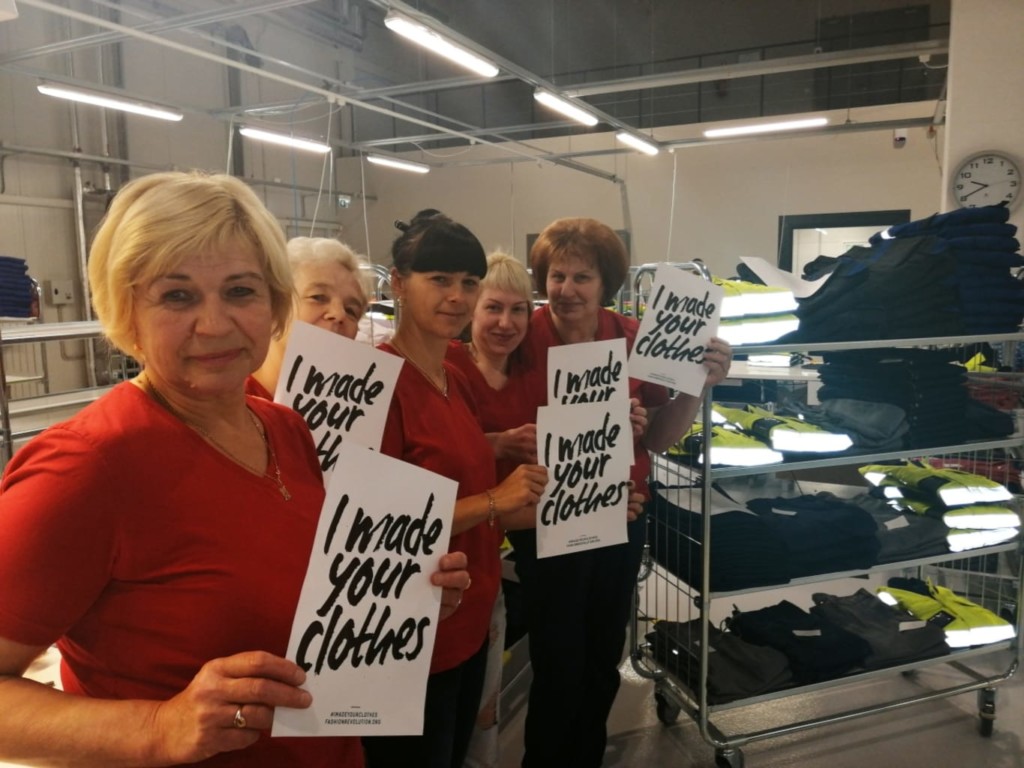
Why reusable workwear is the better choice
Our reusable workwear offers significant advantages across all dimensions of sustainability—environmental, economic, and social. We design the garments with circularity in mind and our trusted suppliers manufacture them, meeting strict quality, environmental, and ethical standards.
Designed with users to ensure durability
We design our reusable workwear to last, and the materials undergo rigorous testing for physical durability. However, another crucial yet less-discussed aspect is emotional durability—the idea that users continue to value and wear the garment even after several years. The garments combine timeless style, functionality, and comfort to ensure they stay fit for the job. Thousands of daily users prove that the garments perform in practice.
“The products are always tested by real users who are often involved in the design process to ensure the best fit and functionality. We also analyse different work postures to ensure maximum comfort and ergonomics on the job,” shares Elina Harjanne, Head of Product Development, in Europe.
Economic and environmental benefits of reusable workwear
Extending the lifespan of products has the greatest environmental impact of any measure. Adjustable features and minimal customisation enhance garments’ reusability, reducing the need for new clothing. In contrast, customised workwear often limits reusability.
A study with Gaia Consulting found that increasing garment reusability can decrease the number of needed items by up to 67%. This reduction translates to an annual saving of 2.2 kg of CO2 emissions per person, thanks to lower textile waste, decreased fabric and garment production, and reduced transportation across the supply chain.
Each country has a local selection of workwear from the best-selling products to meet the needs of the local market. If the local selection does not meet the customer’s specific needs, the more extensive regional selection serves wider industry needs. “The country-level offering is always the best option for its effective reusability and cost-efficiency,” explains Harjanne.
The products are always tested by real users who are often involved in the design process to ensure the best fit and functionality.
ELINA HARJANNE
HEAD OF PRODUCT DEVELOPMENT, EUROPE

Ease of repair extends the lifespan
Every year, we repair millions of garments. “We design our collection to be easily repairable,” explains Harjanne. “Its simple, modular designs and limited accessories make repairs straightforward. Additionally, the necessary parts—like the correct type of zippers—are readily available in our laundries. This isn’t always the case with highly customised products, which can end up as waste if they cannot be repaired.”
Each garment has an RFID tag that helps us track wear and tear. “We can use this data to improve our designs. For instance, we can add reinforcement patches to high-stress areas or adjust the placement of easily damaged pockets,” Harjanne adds.
Transparency into materials helps closed-loop recycling
We are committed to increasing the use of recycled fibres in our textiles through close collaboration with recycling partners and fabric suppliers. “When recycled fibres are sourced from our end-of-life textiles, we have transparency into the material content and origins, which we can share with our recycling partners,” explains Harjanne. “This transparency enhances the quality of new fabrics.”
Trusted suppliers ensure quality and sustainability
We source the materials for reusable workwear from our trusted suppliers, with many decades-long partnerships. “We want to have responsible, reliable, and sustainable partners. Our high standards for quality, social responsibility, and environmental practices are non-negotiable,” says Kristiina Tiilikainen, Director of Sustainable Procurement.
To uphold these values, we regularly audit our supplier network, ensuring customers receive products made by employees who get fair compensation, work in safe conditions, and are not subject to forced labour or excessive hours. Additionally, we are strengthening collaboration with our suppliers to minimise the environmental footprint of our supply chain.
“We’re currently developing a training program for our suppliers to support them in setting climate targets and reducing their environmental impact,” Tiilikainen adds.
We want to have responsible, reliable, and sustainable partners. Our high standards for quality, social responsibility, and environmental practices are non-negotiable.
KRISTIINA TIILIKAINEN
DIRECTOR OF SUSTAINABLE PROCUREMENT

Efficient on-demand supply chain
To better serve our customers, we have established production-on-demand (PRODEM) facilities that cater to the needs of nearby areas. These facilities enable the efficient manufacturing of replacement and additional orders for the Lindström collection within just a few days, starting production as soon as an order is placed.
“This is a unique concept in the industry,” says Tiilikainen. “It allows us to respond quickly to customer needs, such as providing new employees with workwear right when needed.”
Harjanne adds: “With the help of our PRODEMs, we have eliminated the need for large stocks of extra garments common in this industry. This reduces the risk of products becoming obsolete and going to waste before they are even used.”
Production in close-by units also reduces transportation distances and emissions. “We aim to manufacture all our products close to our customers. It supports our climate goals and enables faster service for our customers,” shares Tiilikainen.
Reusable workwear is a smarter choice
The reusable Lindström collection offers a smart alternative to traditional workwear. By focusing on circular economy principles, quality, and responsible sourcing, we create garments that stand the test of time—both physically and emotionally.






